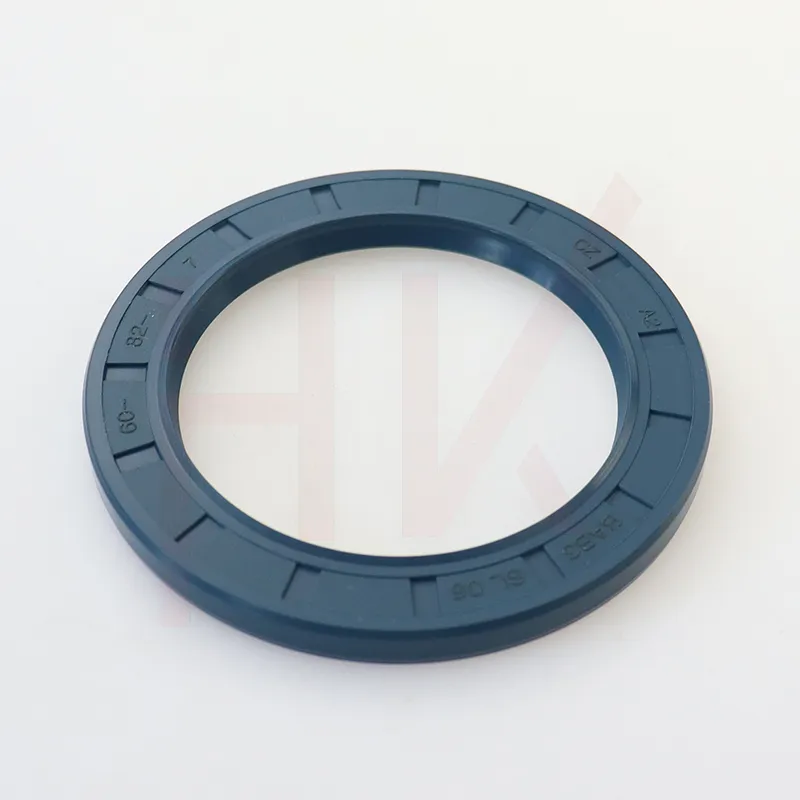Nov . 09, 2024 13:53 Back to list
Hydraulic Cylinder Seal Kits Sizing Guide for Optimal Performance and Fit
Understanding Hydraulic Cylinder Seal Kits by Size
Hydraulic cylinders are powerful components used in various industrial applications, including construction, manufacturing, and material handling. They operate by converting hydraulic energy into mechanical energy, allowing them to lift, push, or pull heavy loads. A critical component of hydraulic cylinders is the seal kit, which prevents fluid leakage and ensures efficient operation. In this article, we will explore the different types of hydraulic cylinder seal kits by size, their importance, and how to choose the right one for your needs.
The Importance of Seal Kits in Hydraulic Cylinders
Seal kits for hydraulic cylinders are vital for maintaining optimal performance. They typically contain several types of seals, including piston seals, rod seals, wear rings, and backup rings. Each is designed to fulfill a specific function
1. Piston Seals These seals prevent fluid from leaking past the piston, maintaining pressure within the cylinder during operation. 2. Rod Seals Positioned where the rod exits the cylinder, these seals keep hydraulic fluid from escaping and prevent contaminants from entering the system. 3. Wear Rings These provide additional support to the piston and rod, reducing friction and prolonging the life of the seals. 4. Backup Rings Used in conjunction with other seals, backup rings support high-pressure applications by preventing seal extrusion.
Without these components, hydraulic systems could suffer from leaks, reduced efficiency, and ultimately, failure.
Types of Seal Kits by Size
When it comes to hydraulic cylinder seal kits, size is a critical factor. Seal kits are available in various sizes to accommodate different cylinder dimensions. Here are some common size categories
1. Small Size Kits These are designed for compact hydraulic cylinders typically used in mobile applications, such as forklifts or small excavators. Seal kits for these cylinders often feature seals with diameters ranging from 1 inch to 4 inches.
2. Medium Size Kits Used in standard industrial applications, medium-sized hydraulic cylinders usually have seals that range from 4 inches to 10 inches in diameter. These kits are prevalent in manufacturing equipment and material handling machinery.
hydraulic cylinder seal kits by size

3. Large Size Kits Large hydraulic cylinders, which are necessary for heavy-duty operations in construction or mining, often require seal kits that cater to seals ranging from 10 inches and above. These seals are built to handle greater pressures and larger volumes of hydraulic fluid.
Choosing the Right Seal Kit
Selecting the appropriate hydraulic cylinder seal kit involves more than just knowing the size. Here are some factors to consider
1. Application Understand the application where the hydraulic cylinder will be used. Different applications have varying requirements regarding pressure, temperature, and exposure to chemicals.
2. Material Compatibility Seals can be made from different materials such as nitrile, polyurethane, and fluorocarbon. Ensure that the material is compatible with the hydraulic fluid and environmental conditions to prevent premature wear.
3. Performance Specifications Look for seal kits that meet or exceed the performance requirements for your specific application. Check for certifications or standards that affirm the quality and reliability of the seals.
4. Cost-Benefit Analysis While it may be tempting to opt for lower-cost options, it’s essential to balance cost with quality. Investing in a reliable seal kit can result in lower maintenance costs and extended service life for the hydraulic cylinder.
Conclusion
In summary, hydraulic cylinder seal kits are crucial components that ensure the efficiency and longevity of hydraulic systems. Understanding the different sizes and types of seal kits available helps in selecting the right kit for your application. By considering factors such as material compatibility, performance specifications, and overall cost, you can choose a seal kit that meets your needs while enhancing the reliability of your hydraulic equipment. Remember, a well-maintained hydraulic system not only operates more efficiently but also delivers improved safety and performance on the job.
-
TCN Oil Seal Metal Ring Reinforcement for Heavy Machinery
NewsJul.25,2025
-
Rotary Lip Seal Spring-Loaded Design for High-Speed Applications
NewsJul.25,2025
-
Hydraulic Cylinder Seals Polyurethane Material for High-Impact Jobs
NewsJul.25,2025
-
High Pressure Oil Seal Polyurethane Coating Wear Resistance
NewsJul.25,2025
-
Dust Proof Seal Double Lip Design for Construction Equipment
NewsJul.25,2025
-
Hub Seal Polyurethane Wear Resistance in Agricultural Vehicles
NewsJul.25,2025
-
The Trans-formative Journey of Wheel Hub Oil Seals
NewsJun.06,2025
Products categories
















